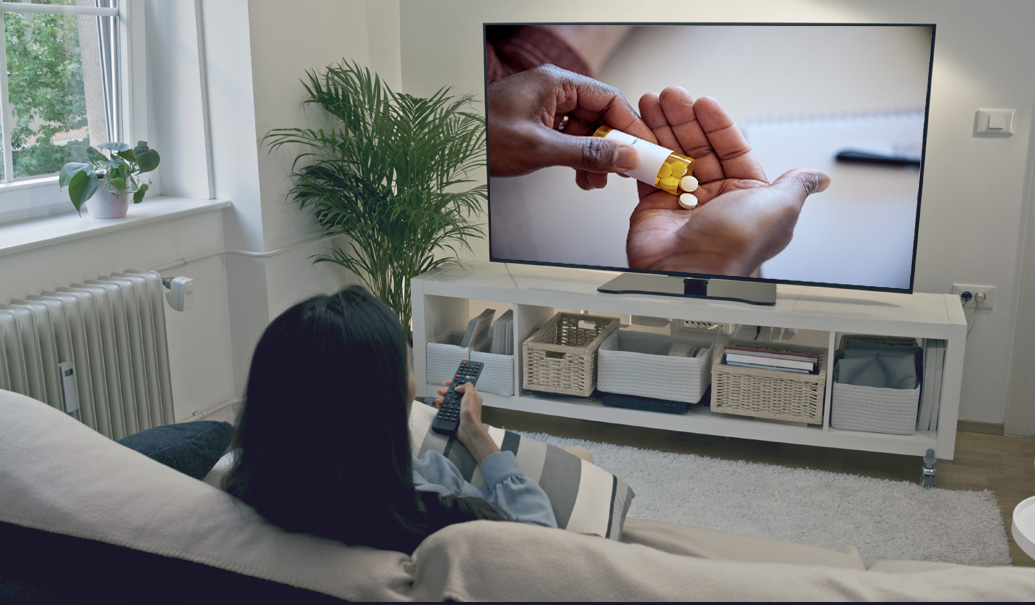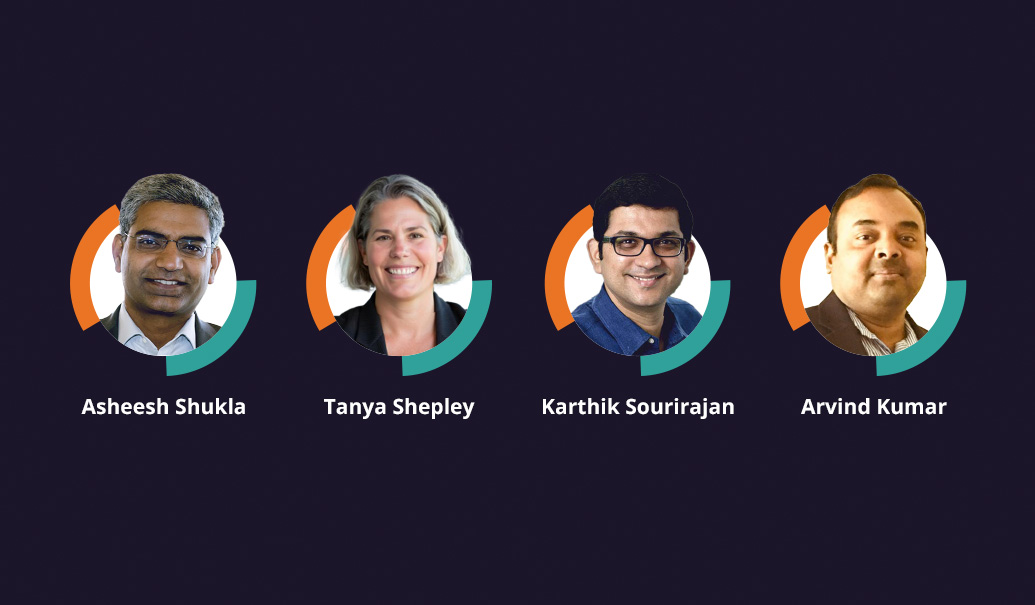There’s no shortage of news about how artificial intelligence techniques are helping us engage customers better in healthcare. Many pharmaceutical companies have visions of Amazon-like targeting serving up Netflix-esque recommendations on how to engage customers better with the right channels, content and cadence.
However, European affiliates of several large global pharmaceutical companies remain behind the curve in the digital conversation. While many in the U.S. have made reasonably long strides in using new channels of communication, Europe has been playing catch-up with becoming truly digital. Many reasons exist for why this is the case—smaller audience sizes, limited customer-level data, limited or no digital teams in European markets and minimal automation—leaving many European affiliates in the early days of their digital journey. As a result, Amazon- and Netflix-like techniques to predict the “next best action” feel like a luxury (rather, getting the next email, and managing the complexity of doing so, feels more urgent).
The case for change
The problem is that customers aren’t standing still and are expecting pharma in Europe to raise its game. ZS’s European Oncology CX Tracker study shows that only one-third of an oncologist’s experience is driven “by the pill,” meaning that engaging customers in the right way is critical to shape the customer’s experience and create differentiation. Moreover, what qualifies as a “good” experience is becoming harder each day, as customers expect the same kinds of seamless digital experiences at work that they get in their personal lives.
As a result, European pharma companies simply can’t continue with business as usual. Experiences in the U.S., where there has been more time for digital to take hold, foreshadow how this can go wrong: Top physicians can receive as many as one pharma-related contact per hour. Furthermore, this takes place in an environment of increasingly restricted rep access: Only 46% of physicians are deemed “accessible” to sales reps, according to ZS’s 2017 AccessMonitor study. In our own work with European pharmaceutical companies, it’s clear that there’s a limit to the number of meaningful engagements with a physician, proving that simply sending more email does not mean more or better engagement.
What does this all mean? European pharma companies need to quickly develop capabilities to start reconnecting with their customers by dynamically personalizing their promotions—serving up the right content through the right channels—and harmonizing promotional exposures across channels by identifying the right sequences to maintain consistency of engagement and share of voice. Moreover, European pharma companies need to learn what the HCP is actively looking for and dynamically infer the next best opportunity to engage accordingly.
Connecting with customers, but at scale
In principle, no company would disagree with these points. However, using tried and tested methods that are designed to stitch touch points together, such as customer engagement journeys, don’t work at scale or deliver the personalization that we seek. We believe that the answer is to dynamically predict the next best action for each customer based on their preferences.
Thankfully, this is where machine learning and artificial intelligence can help again. Despite limited data volumes, we have been working with European pharmaceutical companies to help predict next best actions. The process involves:
- Building a customer engagement index: When calibrated correctly, a single measure of customer engagement, combining engagement across channels, can be highly correlated to sales. This allows us to quantify the value of “good engagement” and to track this in real time.
- Using machine learning to mine through sequences and train an algorithm to help predict what combination of channel, content and timing will lead to high engagement
- Automating promotional execution to translate these machine-generated recommendations, validate with human intelligence, and seamlessly execute through marketing automation platforms
The opportunity is significant: An assessment for a few brands indicates that AI-enabled next best action capabilities could help increase sales by approximately 2% through better harmonization and personalization alone. Over the lifetime of a brand, this can account for a very large sum.
Where should European companies focus next?
As we might expect, implementing this capability in Europe will not be straightforward. As we reflect on ZS’s experience in this area, there are three critical investments that clients need to make, particularly in Europe:
- Invest in your data. Even with limited channels, you’re likely sitting on enough data to help better understand your customers’ channel and content preferences. Making this easy to access, properly tagged and cleansed makes it easy to learn from, and helps enable campaigns.
- Invest in new ways of working. Enabling personalization and coordinated campaigns at scale requires a very different mindset than the brand-led, siloed approach of old. Instead, teams will need to become comfortable with the complexity of dealing with machine learning while being agile enough to respond to demand.
- Pay attention to the operating model and organizational structure. The day-to-day work of many functions will change, and will require much closer coordination across functions and capabilities. Having nimble teams, supported by strong governance, will be critical to allowing the expertise to drive the system.
The opportunities that AI and machine learning offer us are tremendous, and in Europe’s case, they’re readily achievable.














